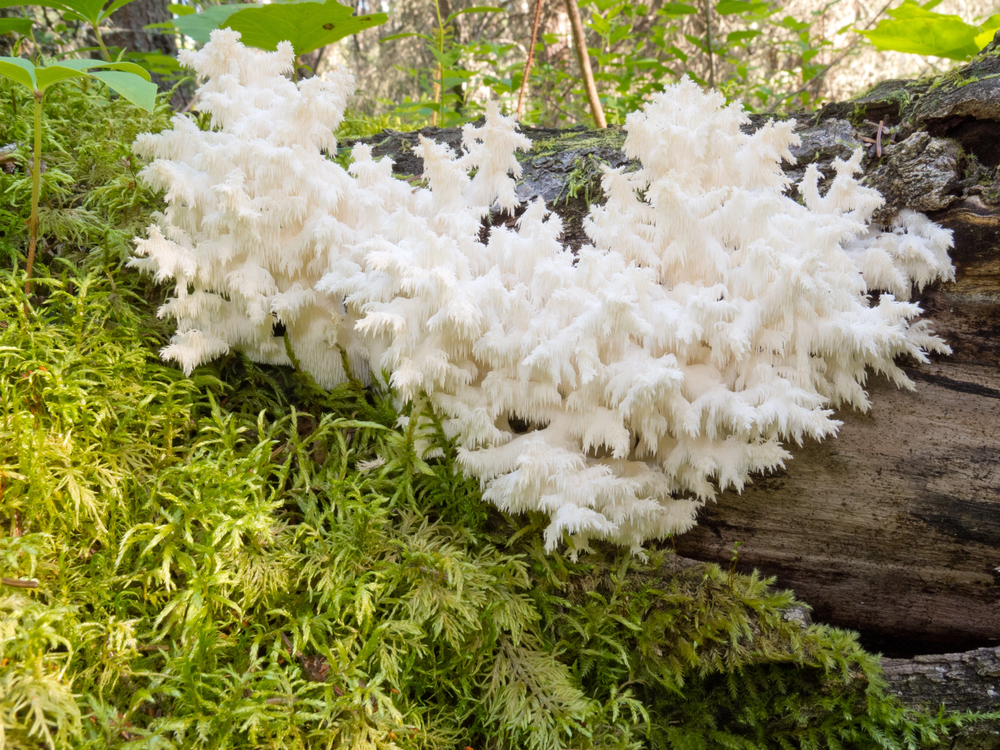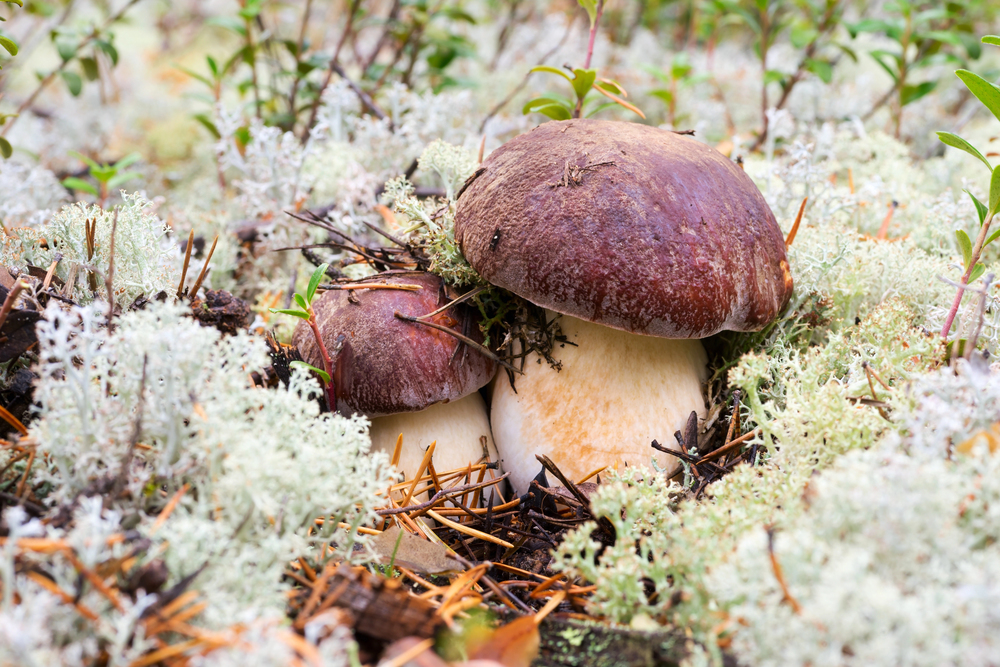Mushroom fermentation represents a fascinating intersection of ancient preservation techniques and modern culinary innovation. This time-tested process transforms ordinary fungi into complex, probiotic-rich ingredients while enhancing their natural umami characteristics and nutritional profile. Whether you’re a home cook seeking to expand your preservation skills or a health enthusiast interested in gut-friendly foods, understanding the art of mushroom fermentation opens doors to new flavors and wellness benefits. The process may seem mysterious at first, but mastering these fundamental techniques will revolutionize how you approach both food preservation and mushroom preparation.
Key Takeaways
- Fermentation enhances mushrooms’ nutritional value by increasing protein content and improving mineral absorption while reducing carbohydrates and fats.
- Create a perfect 2% salt brine solution using 20 grams of non-iodized salt per liter of water for optimal fermentation.
- Monitor pH levels daily during the 5-7 day fermentation process, maintaining levels at or below 3.5 for stability.
- Choose firm, fresh mushrooms with vibrant colors and clean thoroughly without water to ensure successful fermentation.
- Store fermented mushrooms in airtight containers at 35-45°F, away from sunlight, for preservation up to six months.
Why Ferment your Mushrooms?
From ancient traditions to modern culinary practices, mushroom fermentation has proven to be an exceptional method for improving both the nutritional value and preservation of fungi. The fermentation process significantly increases protein content while reducing carbohydrates and fats, making fermented mushrooms a more concentrated source of vital nutrients.
Laboratory testing confirms that fermented mushrooms offer improved levels of minerals, including calcium, magnesium, and iron, while maintaining the health benefits of raw mushrooms. The process likewise improves digestibility through the action of beneficial bacteria, which create an acidic environment that naturally preserves the mushrooms.
For those seeking sustainable food preservation methods, mushroom fermentation provides a time-tested solution that has been utilized successfully across Eastern Europe and Asia for generations, requiring minimal energy input while maximizing nutritional output.
Essential Equipment and Supplies
Successful mushroom fermentation begins with the right tools and materials at hand. The crucial equipment includes food-grade fermentation bags or wide-mouth glass jars, digital pH strips for monitoring acidity levels, and a kitchen scale for precise measurements.
Your basic supplies list should contain non-iodized salt for creating proper brine solutions, filtered water to avoid chlorine interference, and fresh, high-quality mushrooms selected for fermentation. Additional useful tools include stainless steel knives for proper cutting, large mixing bowls for preparation, and airtight lids or airlock systems if using jars.
For blanching requirements, you’ll need a large pot with a strainer insert and a timer to guarantee precise cooking times. Clean cutting boards, sanitized workspace surfaces, and storage containers for finished products complete your crucial equipment roster.
Selecting Perfect Mushrooms
The most critical step in mushroom fermentation lies in selecting pristine specimens that exhibit ideal freshness and quality. When choosing mushrooms, inspect for firm texture, vibrant color, and complete absence of dark spots, bruising, or decay.
Fresh mushrooms should possess a clean, earthy aroma without any musty or ammonia-like smells. For larger varieties like portobellos or cepes, select caps that are fully closed with intact gills, while button mushrooms should display tightly wrapped stems.
Clean specimens thoroughly, removing any visible dirt or debris with a soft brush or damp cloth rather than washing. When working with foraged mushrooms, verify proper identification through an expert and remove any damaged portions before proceeding with fermentation. Consider using cultivated mushrooms for beginners, as they provide consistent quality and safety.
The Blanching Debate
Among mushroom fermentation experts, blanching remains a highly debated practice that sparks considerable discussion. While blanching effectively removes excess air and reduces volume for efficient packing, it may significantly diminish the unique health properties of mushrooms that attract many foragers and enthusiasts.
The technical aspects of blanching involve submerging mushrooms in boiling water for 3-4 minutes, which deactivates enzymes that could lead to spoilage. Nonetheless, practitioners who prioritize maintaining maximum nutritional benefits often skip blanching and rely on careful cleaning, proper salt ratios, and starter cultures to guarantee successful fermentation.
For those seeking a middle ground, a brief 1-2 minute blanch can help achieve ideal results while preserving more beneficial compounds, though this requires precise timing and temperature control.
Step-By-Step Fermentation Guide
Creating fermented mushrooms requires a systematic approach that combines precise measurements with careful attention to environmental conditions. Begin by thoroughly cleaning fresh mushrooms and slicing them to uniform thickness, ensuring consistent fermentation throughout the batch.
Prepare a 2% salt brine solution by dissolving 20 grams of salt per liter of filtered water, then blanch the mushrooms for 3-4 minutes in boiling water. After cooling, pack the mushrooms tightly into fermentation bags or jars, leaving minimal headspace while completely submerging them in the brine solution.
Remove all air bubbles by gently pressing the mushrooms down, then seal the container while allowing for gas release during fermentation. Store at room temperature (65-75°F) for 5-7 days, checking daily for proper acidity levels and desired flavor development.
Storage and Preservation Methods
Proper storage techniques significantly impact the longevity and quality of fermented mushrooms. Temperature control plays an essential role in maintaining ideal preservation, with cooler environments between 35-45°F (2-7°C) being perfect for slowing down the fermentation process and preserving both texture and flavor profiles.
- Store fermented mushrooms in airtight containers with minimal headspace to prevent oxidation and maintain anaerobic conditions
- Monitor pH levels regularly, ensuring they remain at or below 3.5 for maximum shelf stability
- Keep containers away from direct sunlight and heat sources to prevent unwanted bacterial growth
For extended preservation beyond six months, consider refrigeration or pasteurization methods, though the latter will reduce probiotic benefits. When properly stored, fermented mushrooms maintain their nutritional value while developing complex flavors that improve culinary applications.
Health Benefits and Applications
Consuming fermented mushrooms offers a powerful combination of nutritional and therapeutic benefits that surpass those of their unfermented counterparts. The fermentation process significantly increases protein content while reducing carbohydrates and fats, making them an excellent choice for health-conscious individuals.
These transformed fungi deliver improved mineral content, particularly calcium, magnesium, and iron, which become more bioavailable through fermentation. The process creates beneficial probiotics that support gut health and improve overall digestion of nutrients. Moreover, fermented mushrooms maintain the immune-boosting properties found in raw varieties while making them easier to digest.
For practical applications, fermented mushrooms can be incorporated into daily meals as side dishes, added to soups, or used as natural flavor enhancers in various recipes.



